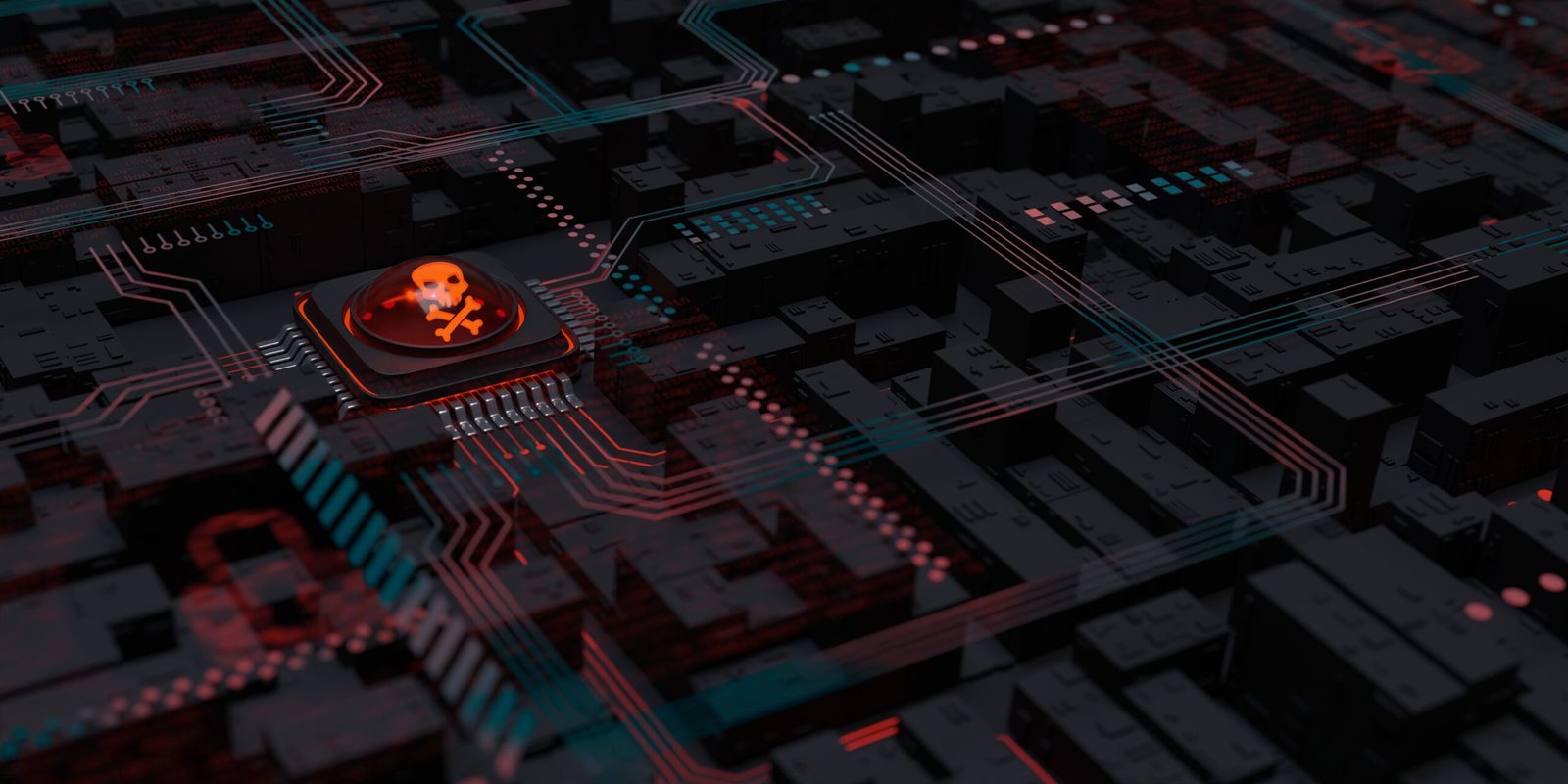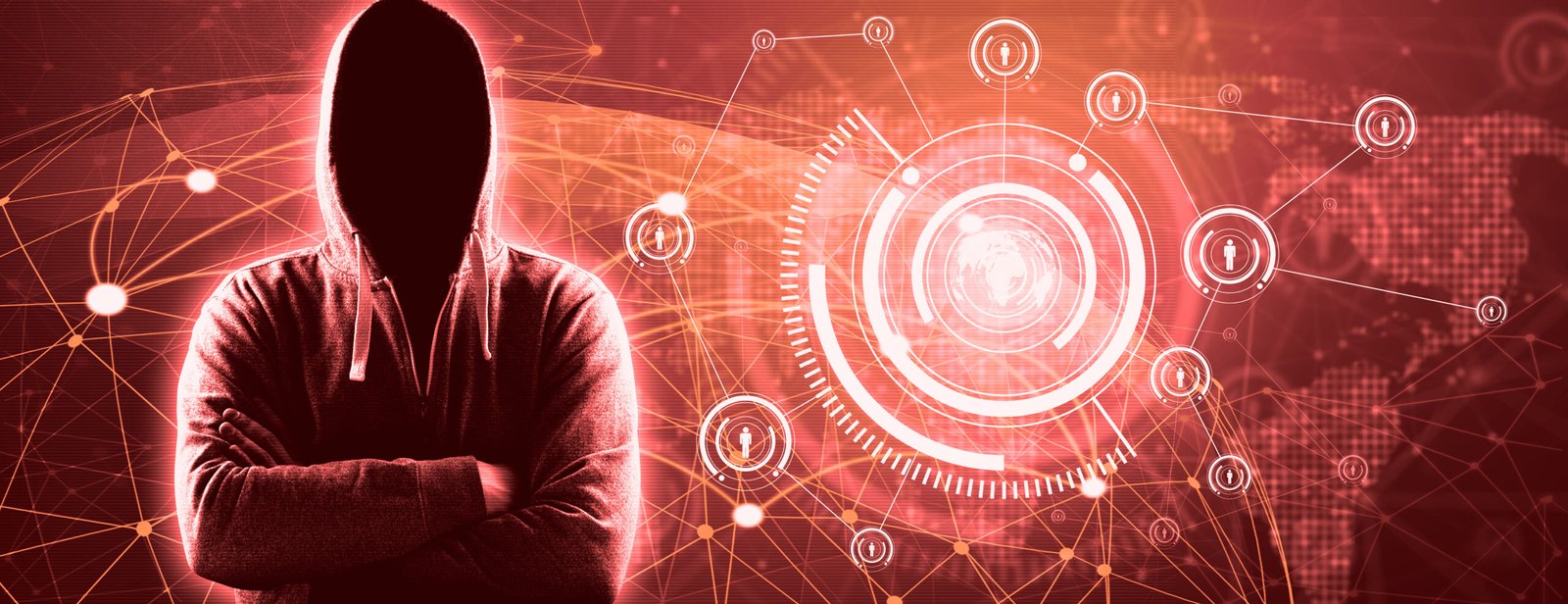Inside the Mind of a Hacker Cybercriminals Exploit Vulnerabilities

INTRODUCTION
Cyber threats are evolving at a fast pace in the new digital age, with hackers innovating ways every time to infiltrate systems. Understanding what happens inside the mind of a hacker is important for organizations and individuals looking to enhance the security position. Hackers exploit vulnerabilities in software, networks, and human psychology to breach systems unauthenticated, steal sensitive information, or cripple critical operations. In this in-depth guide, we will delve into the mindset, motivations, and methods of cybercriminals and how companies can remain one step ahead of their strategies.
Understanding the Hacker Mindset
To protect against cyber attacks, it is necessary to enter the mind of hackers and know why they do what they do. Hackers can be divided into various categories depending on their goals:
Black Hat Hackers – Bad hackers who exploit vulnerabilities for personal gain, monetary benefit, or sabotage.
White Hat Hackers – Ethical hackers who find vulnerabilities to help companies improve security.
Gray Hat Hackers – Hackers who sometimes breach systems without bad intentions but act without permission.
Script Kiddies – Beginner hackers who use pre-existing hacking scripts without possessing thorough technical knowledge.
State-Sponsored Hackers – Government-backed cybercriminals who target other nations for espionage and sabotage.
Hacktivists – Politically or socially motivated cybercriminals.
By gaining access to the mindset of these different types of hackers, cybersecurity experts can more effectively predict attack patterns and develop successful countermeasures.

Common Hacking Methods Used by Cybercriminals
Hackers use a variety of sophisticated techniques to exploit vulnerabilities. To get the full picture of the risks, we must look into the mind of a hacker and examine their most common attack techniques:
Phishing remains the most effective method of hacking. Phony emails from familiar sources are sent by cybercriminals to trick users into divulging sensitive information. Aware of within the mind of the hacker, organizations can train employees to identify phishing attempts and not fall victim.
2. Malware Infections
Hackers employ malware such as ransomware, spyware, and trojans to take advantage of systems. Malware can be spread through email attachments, infected websites, or infected USB drives. Knowing these steps is a better inside the mind perspective of a hacker’s plan.
3. SQL Injection
With the ability to manipulate databases via SQL injection, an attacker can get access to sensitive data. Best practices need to be put in place by organizations to shield themselves from this technique so that attackers cannot breach systems.
4. Zero-Day Exploits
Zero-day vulnerabilities are software vulnerabilities that vendors have no knowledge of. They are exploited by attackers before they are patched. Security teams must work in advance of threats, considering the attacker’s mindset and taking proactive measures.
5. Social Engineering
Technical skills don’t count in hacking; cunning counts more. Hackers use psychological methods to manipulate individuals into divulging access credentials. Companies can reduce human fallibility by maintaining training schemes to restrict information in the head of social engineers.
6. Denial-of-Service (DoS) Attacks
DoS attacks are conducted by hackers to flood networks with massive volumes of traffic so that valid users are unable to access the systems. Distributed Denial-of-Service (DDoS) attacks are sophisticated and consist of a range of infected devices. Organisations need to put themselves in a hacker’s shoes to implement effective defence measures.

Real-Life Case Studies of Notorious Cyberattacks
Case Study 1: The WannaCry Ransomware Attack
In 2017, WannaCry ransomware spread globally based on a vulnerability in Windows. The ransomware attacked hospitals, businesses, and government institutions and demanded Bitcoins for the unlock of encrypted files. This example highlights how attackers exploit vulnerabilities before fixes are deployed.
Case Study 2: The Equifax Data Breach
Equifax was the victim of a massive data breach in 2017 due to an unpatched software vulnerability. Hackers stole personal data of 147 million individuals, illustrating the importance of timely security patches.
Case Study 3: SolarWinds Supply Chain Attack
State-sponsored attackers exploited SolarWinds’ software updates, impacting various U.S. government agencies and firms. The attack highlights the need for robust supply chain security controls.
How to Strengthen Cybersecurity Defenses
In order to prevent cyber attacks, organizations must ensure there are comprehensive security measures. The following are the measures that help security professionals think like a hacker’s mind in order to secure their networks:
1. Conduct Regular Security Audits
Regular security audits help identify vulnerabilities before hackers attack them. Penetration testing provides insight into the hacker’s mindset by simulating real attacks.
2. Ensure Strong Password Policies
Weak passwords are an easy target for hackers. Strong password policies and multi-factor authentication (MFA) have to be practiced by organizations to minimize risks.
3. Employee Training and Awareness
As the majority of cyberattacks are human errors, cybersecurity training is essential. Training employees on how to identify phishing scams and attacks creates a culture that is aware of security and reflects inside the mind thinking.
4. Keep Software and Systems Up-to-Date
Regular updates and patches fix security holes. Cybercrooks mainly use outdated systems, so becoming updated in time will help to exclude them.

5. Invest in Advanced Threat Detection
AI-driven cybersecurity software scans for anomalies and patterns in real-time. Through machine learning, businesses can think like a hacker and predict potential threats beforehand.
6. Back up Sensitive Data
A good backup plan avoids ransomware attacks from leading to permanent data loss. Data backed up to secure places reduces the impact of cyber attacks.
Future of Cybersecurity: Staying Ahead of Hackers
The cybersecurity landscape is evolving on a daily basis. Speculation in the minds of hackers enables organizations to anticipate future threats. Some of the key trends are:
AI and Machine Learning in Cybersecurity – AI-based security solutions improve detection and response to cyber threats.
Zero Trust Security Model – A security model that does not trust any user or system by default.
Blockchain for Cybersecurity – Ensuring data integrity and protecting digital transactions.
Biometric Authentication – Strengthening authentication with fingerprint and facial recognition.
IoT Security – Protecting connected devices from cyberattacks.

Conclusion
The hackers continue to advance their techniques, and hence one has to walk in the hacker’s shoes. Understanding their motives, techniques, and attack vectors can help organizations enhance their cybersecurity position. Proactive security, performing regular audits, and keeping up to date with evolving threats are some of the most important steps to evade cyberattacks.
Knowledge is the best defense—by staying in the mind of the hacker, organizations are able to pre-empt, bypass, and triumph over cyber attacks successfully. Stay vigilant, spend money on cybersecurity, and never downplay the strength of knowledge being your enemy.
Disclaimer
The information in this blog, Inside the Mind of a Hacker: How Cybercriminals Exploit Vulnerabilities, is educational and informational in nature alone. Such information is meant to educate and familiarize people with threats in the field of cybersecurity, hacking methodologies, and how they can be avoided as an attempt to assist people and organizations to enhance their security position.
The information presented herein is not meant to promote, assist, or inspire any unauthorized hacking, cybercrime, or malicious activity. This information will not be used for illicit purposes such as unauthorized access to a system, intrusion of data, or cyberattacks. Any unauthorized use is forbidden and is subject to prosecution in accordance with the law and applicable cybersecurity regulation and law.
Readers are also encouraged to apply the knowledge they have acquired from this blog in an ethically and responsible manner. Organizations and individuals must utilize best practices in cybersecurity, adhere to applicable laws, and seek professional advice from cybersecurity experts when putting security controls in place.
Recent Posts
Categories
- Cyber Security
- Security Operations Center
- Cloud Security
- Case Study
- Technology Trends
Vulnerability Assessment & Penetration Testing (VAPT)
Buy our VAPT services to identify vulnerabilities, simulate real-world attacks, and strengthen your systems against cyber threats effectively.

iso compliance service
Buy our ISO Compliance services to streamline processes, ensure security, meet global standards, and maintain industry certifications with ease.

SOC 2 Compliance Audit
Ensure your business meets security, privacy, and compliance standards with our SOC 2 Compliance Audit services. Protect data, build trust, and stay secure. Buy our services today!

GDPR Compliance Audit Services
Ensure your organization meets GDPR standards with our expert compliance audit services. Protect data, avoid penalties, and enhance privacy practices. Buy our services today to stay secure and compliant!

Subscribe to our Research
Enter your email address to subscribe to Lumiverse Research and receive notifications of new posts by email.
Tell Us Your Opinion
We value your perspective! Share your thoughts, feedback, or questions below. Your opinion matters and helps create a richer, more engaging conversation. Let’s connect and hear what you think about this post!

